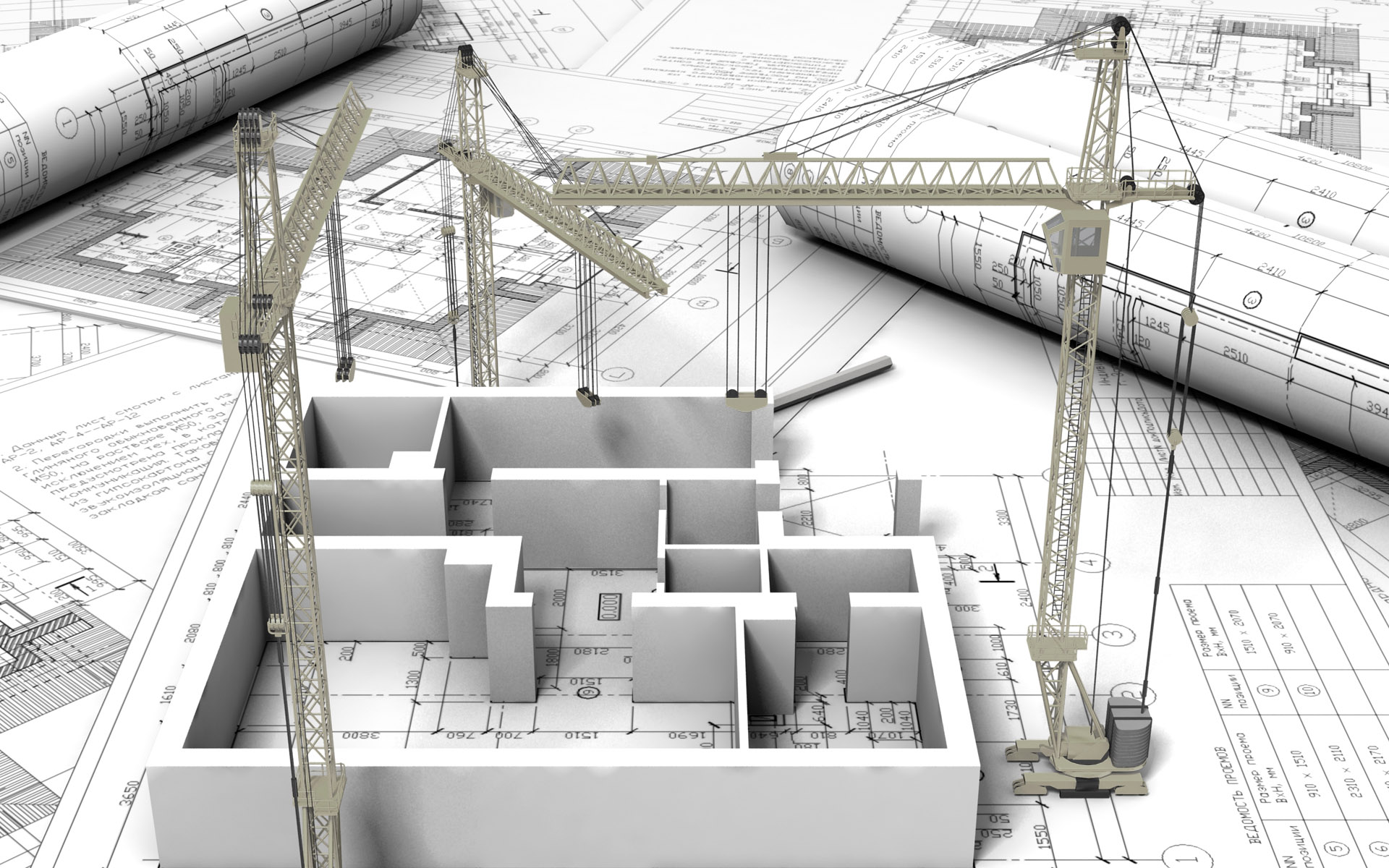Architecture is both an art and a science that involves the design and construction of buildings and other structures. It shapes the environments in which we live, work, and play, influencing our daily lives in profound ways. Beyond aesthetics, architecture also serves functional, social, and cultural purposes, creating spaces that reflect the values and needs of society.
The Origins and Evolution of Architecture
Architecture has existed for millennia, dating back to ancient civilizations that built iconic structures such as the pyramids of Egypt, the Parthenon in Greece, and the Roman Colosseum. These early buildings not only demonstrated engineering prowess but also conveyed cultural and religious significance.
As time progressed, architecture evolved, incorporating new materials, techniques, and styles. The Renaissance era in Europe saw a return to classical principles of symmetry and proportion, influencing the design of structures like St. Peter’s Basilica in Rome. Over the centuries, various architectural movements have emerged, including Baroque, Neoclassicism, Modernism, and Postmodernism, each reflecting the cultural and technological advancements of the time.
The Role of Architects
Architects are the visionaries who bring designs to life. Their primary role is to create functional and aesthetically pleasing structures that meet the needs of clients while also adhering to safety regulations, building codes, and environmental considerations. Architects work in a wide range of areas, from residential homes to commercial buildings, urban planning, and even landscape architecture.
The architectural design process involves multiple stages, including conceptualization, drafting plans, creating models, obtaining permits, and overseeing construction. Architects must consider factors such as site conditions, budget constraints, sustainability, and user experience when designing a building.
Key Elements of Architecture
- Form and Function: A fundamental principle of architecture is balancing form (the building’s shape and appearance) with function (how the space is used). An effective design must serve its intended purpose while also being visually appealing.
- Materials: The choice of materials is a critical aspect of architecture. Different materials such as wood, steel, concrete, glass, and brick offer distinct aesthetic qualities, durability, and sustainability. New innovations in materials, such as sustainable building materials and smart technologies, continue to shape modern architecture.
- Space and Light: Architecture is about more than just the physical structure; it also concerns the experience of space. Architects manipulate the layout, flow, and scale of a building to create a sense of harmony and comfort. Natural light, ventilation, and acoustics also play key roles in enhancing the user experience within a space.
- Sustainability: As environmental concerns grow, sustainable architecture has become a major focus. Green building practices aim to minimize a structure’s environmental impact by using energy-efficient systems, sustainable materials, and designs that promote ecological balance. LEED (Leadership in Energy and Environmental Design) certification is a common standard for evaluating green buildings.
Architectural Styles and Movements
Architecture has seen numerous stylistic movements throughout history, each with its own unique characteristics:
- Classical Architecture: Rooted in the architecture of ancient Greece and Rome, characterized by columns, symmetry, and proportionality (e.g., the Parthenon, Roman temples).
- Gothic Architecture: Known for its pointed arches, ribbed vaults, and flying buttresses, Gothic architecture flourished in medieval Europe (e.g., Notre Dame Cathedral, Chartres Cathedral).
- Renaissance Architecture: Marked by a revival of classical ideas, with an emphasis on symmetry, perspective, and the use of columns and domes (e.g., St. Peter’s Basilica).
- Modernism: Emerging in the early 20th century, modernism emphasized simplicity, function, and the use of new materials like steel and glass (e.g., the Bauhaus school, Villa Savoye).
- Postmodernism: A reaction against the rigid forms of modernism, postmodern architecture incorporates historical references, bold colors, and playful forms (e.g., the Guggenheim Museum in Bilbao, Spain).
Urban Architecture and City Planning
Urban architecture focuses on the design of cities and the integration of buildings within a larger urban context. City planning considers factors such as population density, transportation, public spaces, and environmental sustainability. Architects and urban planners work together to create livable cities that are both functional and aesthetically appealing.
The concept of “smart cities” has emerged in recent years, where architecture and technology intersect to create efficient, connected environments. These cities use data and technology to optimize everything from traffic flow to waste management, aiming to improve the quality of life for their inhabitants.
The Future of Architecture
The future of architecture is being shaped by advances in technology, new materials, and evolving societal needs. Some key trends include:
- Smart Buildings: Buildings that incorporate advanced technology, such as sensors, automation, and energy-efficient systems, are becoming more common. These “smart” structures can monitor and adjust lighting, temperature, and security, creating a more comfortable and efficient environment.
- Sustainable and Resilient Design: Climate change and environmental concerns are pushing architects to prioritize sustainability and resilience. Future buildings will be designed to withstand extreme weather events, reduce energy consumption, and be more in harmony with the environment.
- Parametric Design: With the help of advanced computer software, architects can now create complex, organic forms that were once impossible to build. Parametric design allows for highly detailed and customizable structures that push the boundaries of traditional architecture.
- Biophilic Design: Incorporating nature into architecture is gaining traction, with an emphasis on creating spaces that connect people to the natural world. This includes the use of natural materials, indoor plants, and designs that maximize natural light and air circulation.
Conclusion
Architecture is not just about building structures—it is about shaping the spaces that influence how we live, interact, and experience the world. From ancient temples to futuristic skyscrapers, architecture reflects the cultural, technological, and environmental changes of each era. As we move forward, architects will continue to innovate and create environments that balance aesthetics, function, and sustainability for generations to come.

